Turkey's Black Sea region is not the most popular choice for foreign tourists who travel to Turkey. It is largely overshadowed by hotpots like Istanbul and Antalya, the two cities that comprise the largest percentage of Turkey's overall tourism.
Although local tourists primarily visit the Black Sea, it offers a wide range of fascinating sites and ineffably beautiful natural landmarks. In this article, I want to introduce you to Sümela Monastery, a vast monastery complex nestled between the tall, evergreen mountains of Trabzon.
Let's explore this wonderful gem!
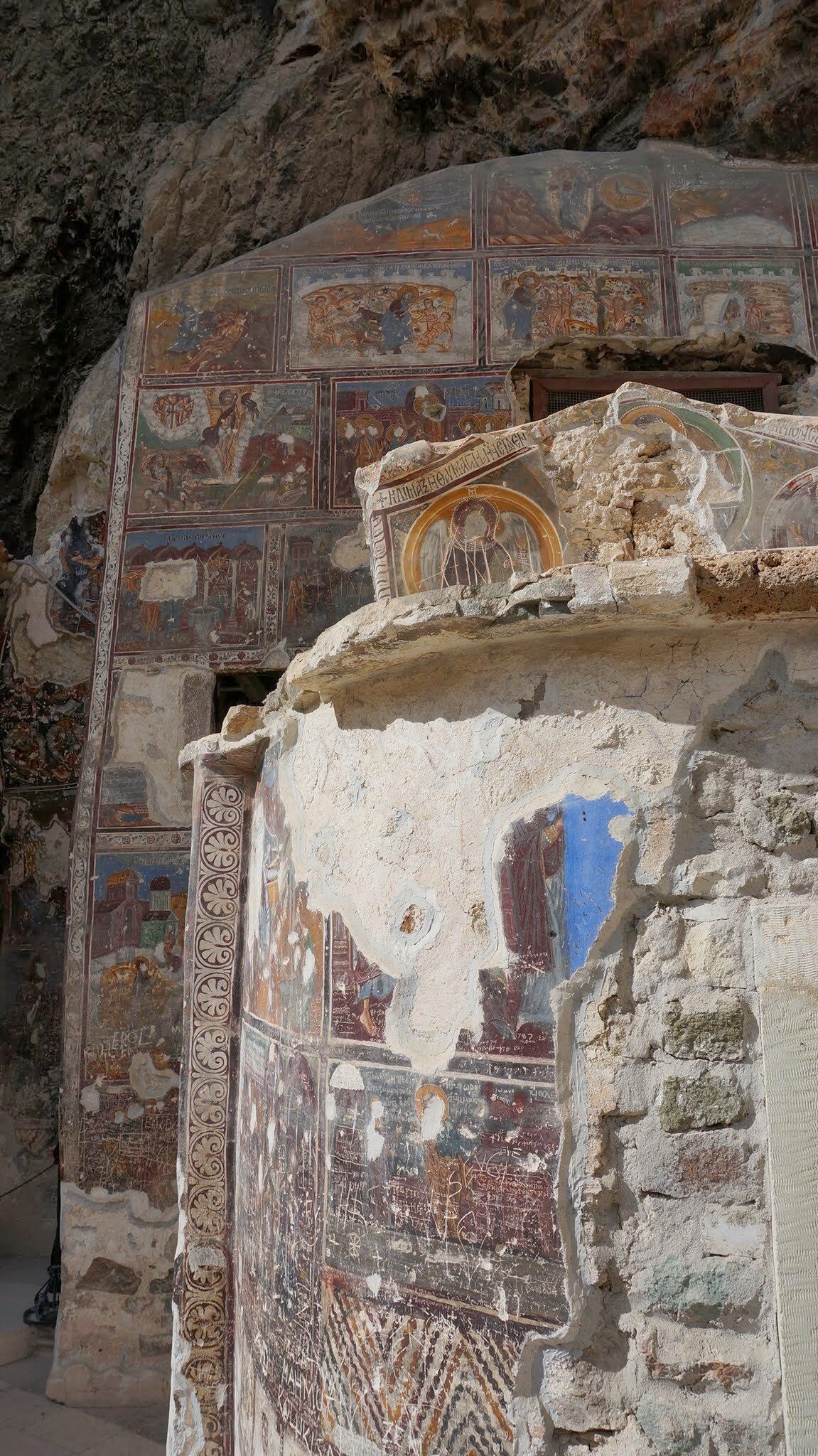
Frescoes at Sumela Monastery (photo by Ben Bender)
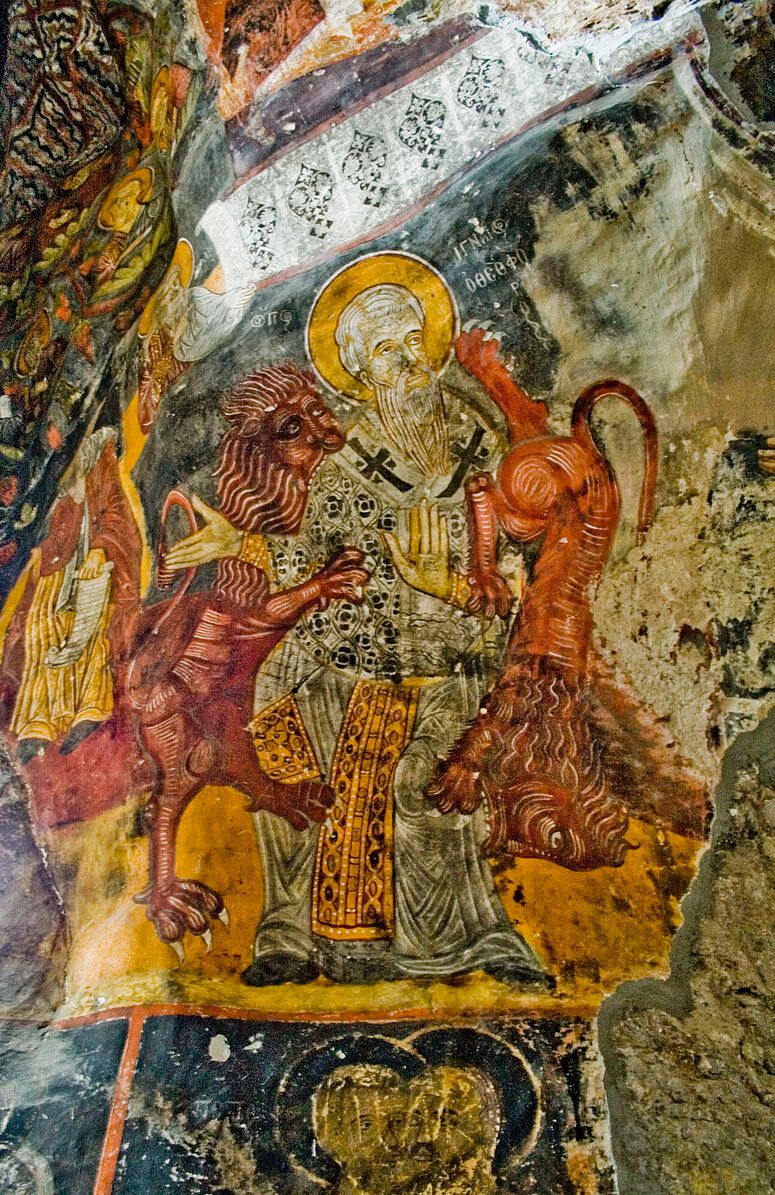
Frescoes at Sumela Monastery (photo by İhsan Deniz Kılıçoğlu)
Sümela Monastery
Sümela Monastery (Panagia Sumela in Greek) is a 1600-year-old Orthodox mountaintop monastery, built on the side of Karadağ Mountain, which is located in the Altındağ Valley of Trabzon's Maçka district.
Currently included in UNESCO's Tentative List of World Heritage Sites in Turkey, this religious complex is presumed to have been built in the 4th century AD during the reign of the Byzantine Emperor Theodosius I, by two priests named Barnabas and Sophronios who were natives to
Athens, Greece.
Today, the Sümela Monastery is, perhaps, the most popular tourist attraction in Turkey's Black Sea region. And with its amazingly well-preserved artistic frescoes and stunning architectural features and location, this magical site is deserving of its admiration.
Sümela Monastery is spread over a large area. It consists of church buildings, chapels, rooms where once the monks lived, bathrooms, libraries that once hosted valuable ancient manuscripts, food cellars, a kitchen, and a natural spring section with healing properties.
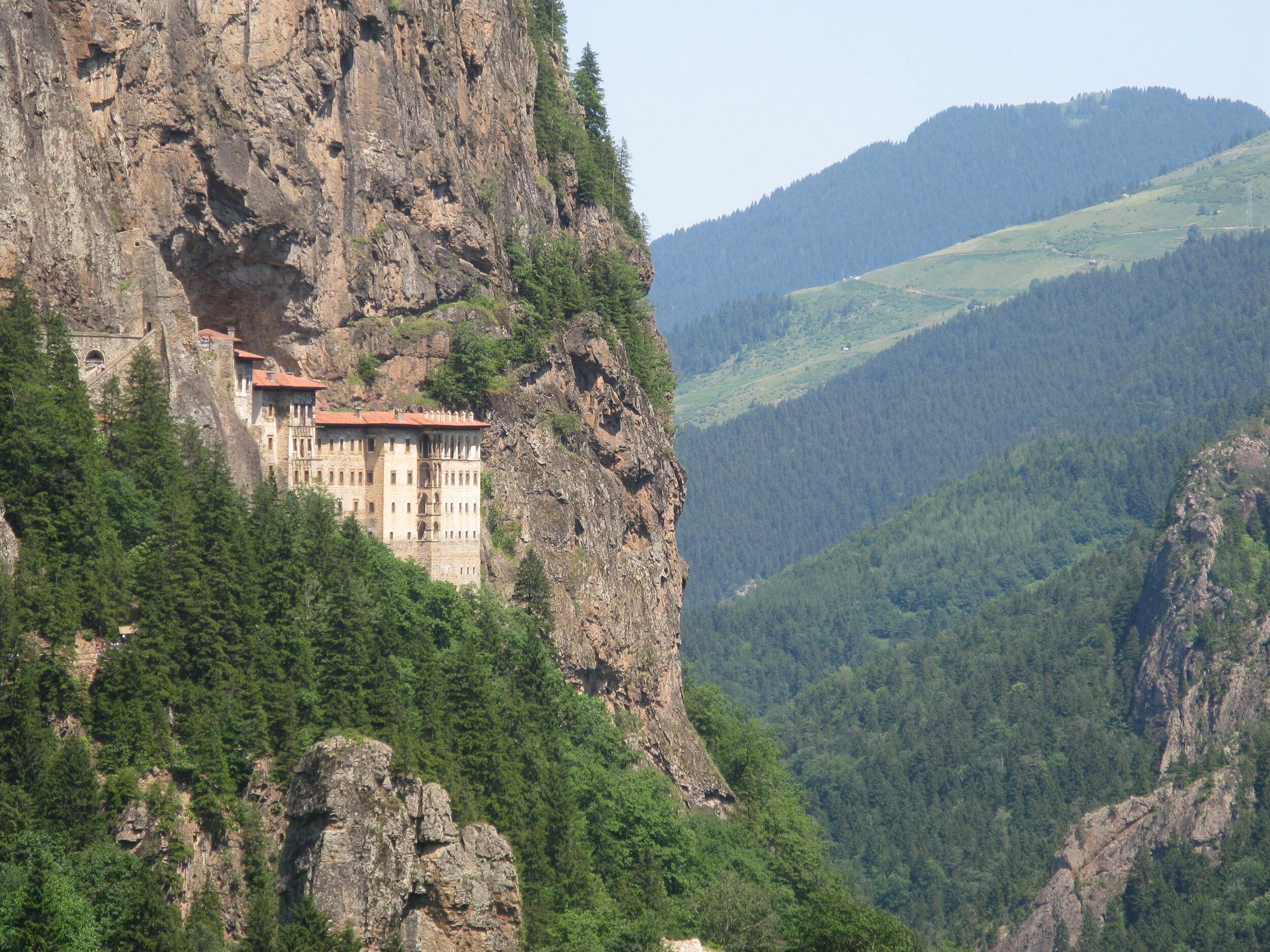
Sumela Monastery (photo from Babbsack)
The etymology of the name "Sümela."
The most plausible theory about the root of the name "Sümela" suggests that the monastery got its name from the word "melas,” meaning "black" in Greek. This was the archaic name of Karadağ Mountain, upon which the monastery is built. Furthermore, "Stou Mela" means "the thing at Mela" in Greek. Therefore, it is suggested that the name "Stou Mela" has seemingly been shaped into "Sümela" over the centuries.
History of Sümela Monastery
Historical accounts concerning the monastery suggest that the two Athenian priests, Barbanas and Sophronios, had the same dream one night. They both saw that a sacred icon made by St. Lucas, one of Jesus's disciples, was taken by the angels to where Sümela Monastery now stands. Without even having met each other, these two priests traveled to Trabzon and ended up running into each other there. Upon retelling their dream to each other, they started building Sümela Monastery’s foundations.
Sümela Monastery was a religious complex where monks and priests received an education. As it held the sacred icon made by St. Lucas, the monastery was the most important one in the area in centuries.
When the Eastern Black Sea coastal region came under Turkish rule, the monastery was not harmed in any way. The Ottoman sultans Selim I and Mehmet II granted gifts to the monastery and issued decrees that guaranteed its safety and autonomous state.
In the 18th century, the monastery went through a substantial restoration and was the largest it had ever been in the 19th century, following new structures. However, after the Greek residents left the area on account of the Population Exchange Agreement signed between Greece and Turkey in 1923, the Sümela Monastery was deserted. Some of the holy artifacts and the icon made by St. Lucas were transferred to the Benaki Museum in Greece in 1931 upon the Greek President's request.
In 2015, the Turkish state-funded a very comprehensive restoration of the monastery that lasted about 3.5 years. As part of this restoration project, 4 thousand tons of rubble were cleared, a 300-meter-long walking path to the monastery was built, a chapel was discovered where you could see one of the finest frescoes depicting the scenes of "Heaven and Hell" and "Life and Death," and a chapel that was used as a watchtower and a room was found as well.
Information for Visitors
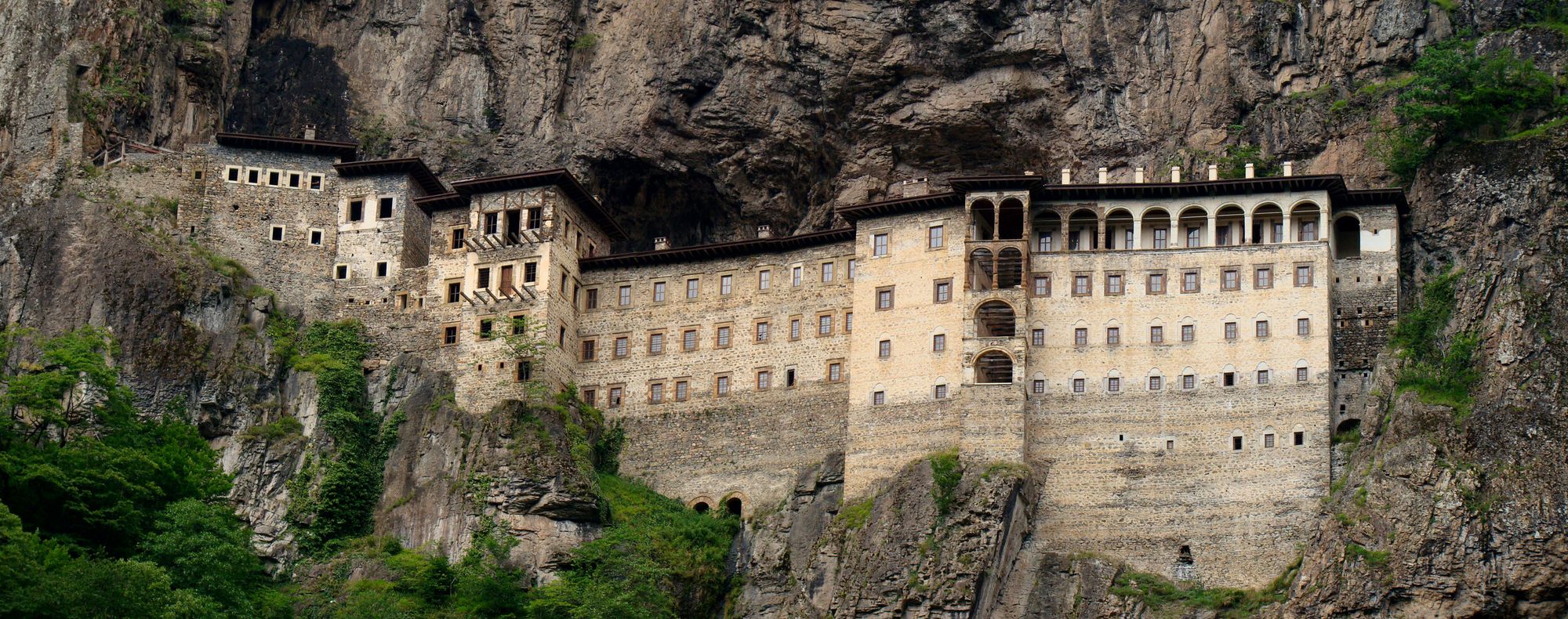
Sumela Monastery (photo by Bjørn Christian Tørrissen)
Sümela Monastery can be visited from 9 am to 6.30 pm in the summer period (15 March-15 October) and from 10 am to 4 pm in winters (15 October-15 March). The monastery is closed on weekends. The entrance fee to the monastery is 50₺. Besides, you will be required to pay a fee of 10₺ to enter Altındağ National Park. The total price of 60₺ equals $8 or € 6.40 (December 2020 exchange rates).
The monastery is free to visit for Museum Pass owners. If you do not have a Museum Pass, which grants free access to all the museums in Turkey run by the Ministry of Culture and Tourism, click to find out more about it or purchase it online.
There might be unannounced, abrupt changes in the monastery's visiting hours and fees due to the COVID-19 pandemic. Before your visit, I would recommend you check the monastery's tourist information page from the official website of the Ministry of Culture and Tourism of Turkey.
The phone number for the tourism office of Sümela monastery: +90 462 326 07 48
How to get to the Sümela Monastery?
Going to Sümela Monastery is quite simple. If you will be traveling by vehicle, go to the Maçka district of Trabzon and follow the signboards from there. The monastery is 47km away from downtown Trabzon, and it takes about an hour-long drive (one way) to get there. The parking lot at the Sümela Monastery site is free.
If you are going to go to the monastery using public transportation, you can take minibusses from Trabzon to the district of Maçka. Then from there, you can hop onto another minibus to the monastery. Note that from Maçka to the monastery, it takes approximately 40 minutes. However, the scenery along the way is so unique that its beauty will absorb you, and the 40 minutes will pass as quickly as an eye blink.
Click to access the minibus schedule between Trabzon and Maçka.
What else to see in the area?
Besides Sümela Monastery, there are two other important religious sites in the area that you should not leave without seeing: Vazelon Monastery and Kuştul Monastery.
Vazelon Monastery is a Greek Orthodox monastery that was built in the year 270AD. It went through a restoration in 565AD by order of Byzantine emperor, Justinian I. Although the monastery was attacked and damaged several times in history, the frescoes depicting the scenes from the "Last Judgement" and "Heaven and Hell" are still intact. Vazelon Monastery was deserted in 1923 following the population exchange between Greece and Turkey. Since then, it is in ruins, and today, the monastery is quite dilapidated and has only a few frescoes left.
Kuştul Monastery (St. George Peristereotas Monastery in Greek) is a Greek Orthodox Monastery constructed in 752 AD. Legend suggests that the monastery was founded by three monks who were carrying the icon of St. George. The monks were guided to the spot where a flock of pigeons built the monastery. At its peak, the monastery contained more than 180 cells where monks lived and a collection of 7000 manuscripts. In 1923, following the Population Exchange between Greece and Turkey, the monks left for Greece. Today, the structure is in a state of neglect and dilapidation. The monks are now buried in the St. George Peristereotas Monastery in the Greek city of Naousa, which carries the same name.
Where is the Sümela Monastery?
https://goo.gl/maps/RPLybJUZySMWDuY29
Where are the Vazelon and Kuştul Monasteries?
https://goo.gl/maps/Y9vcZFjBkppCa76w8
https://goo.gl/maps/r8rvBRWPYHjGuhw68


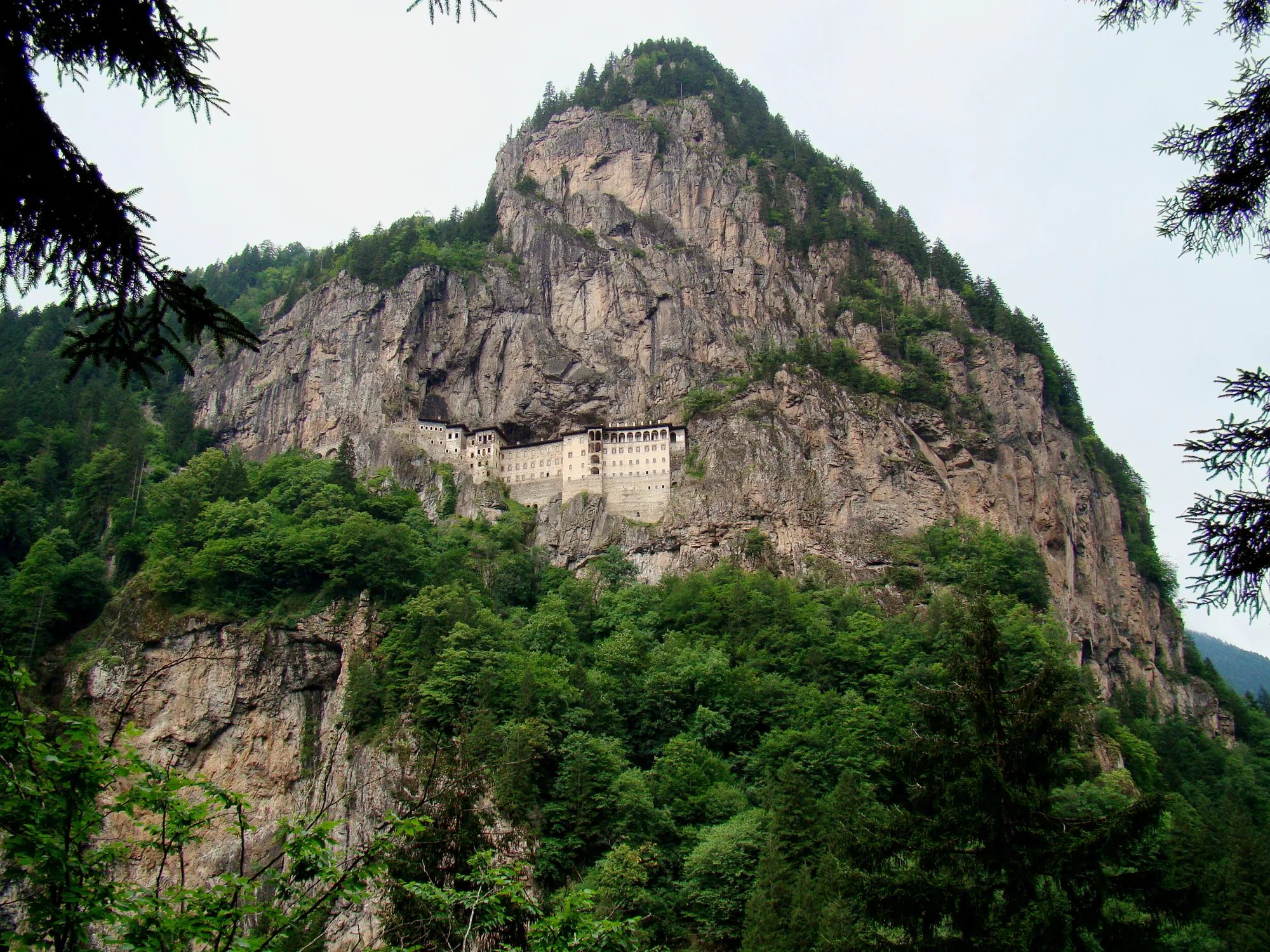





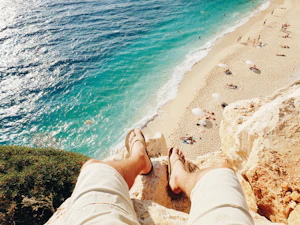
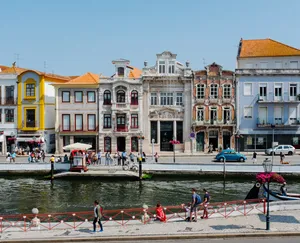
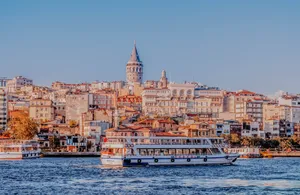
Member discussion